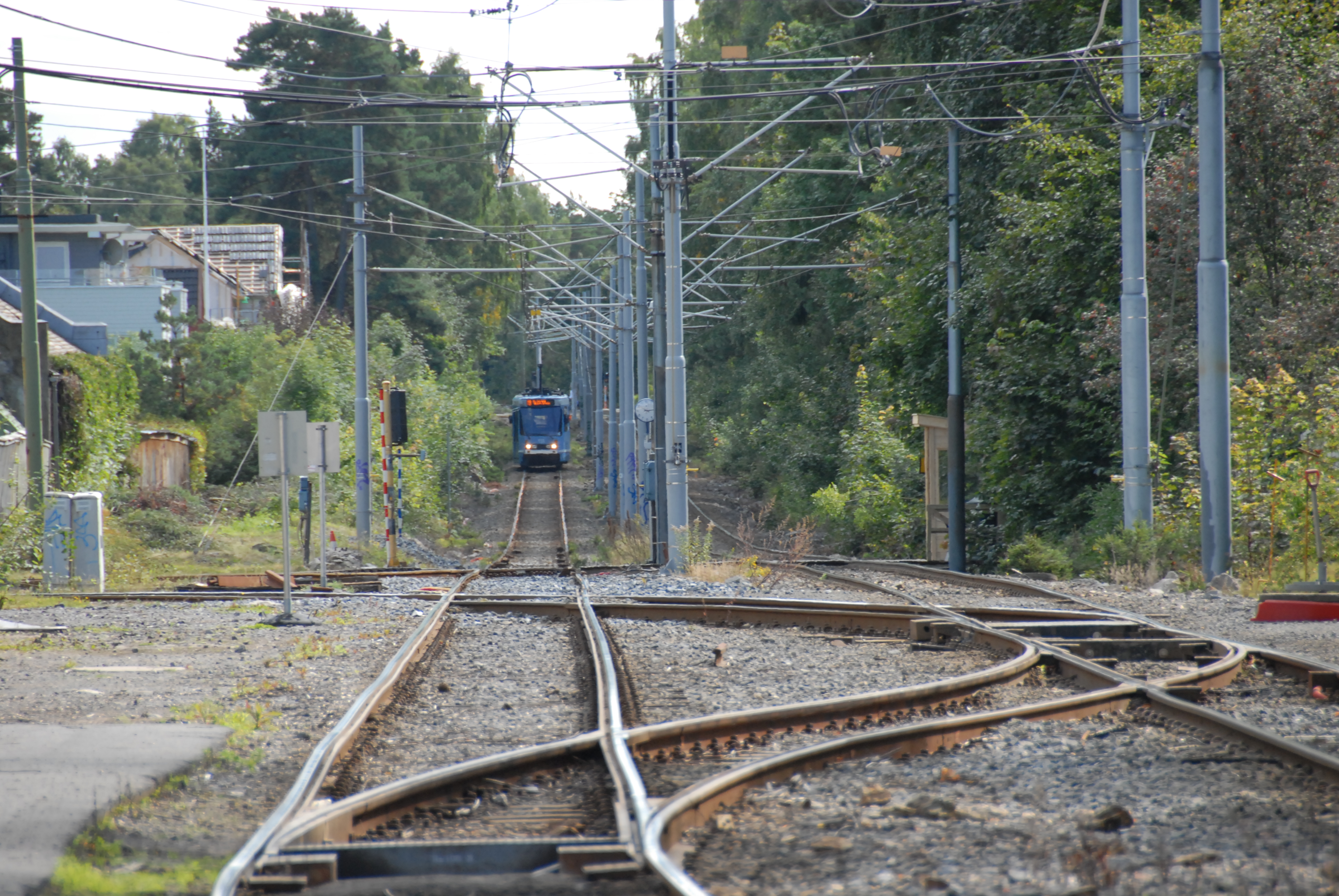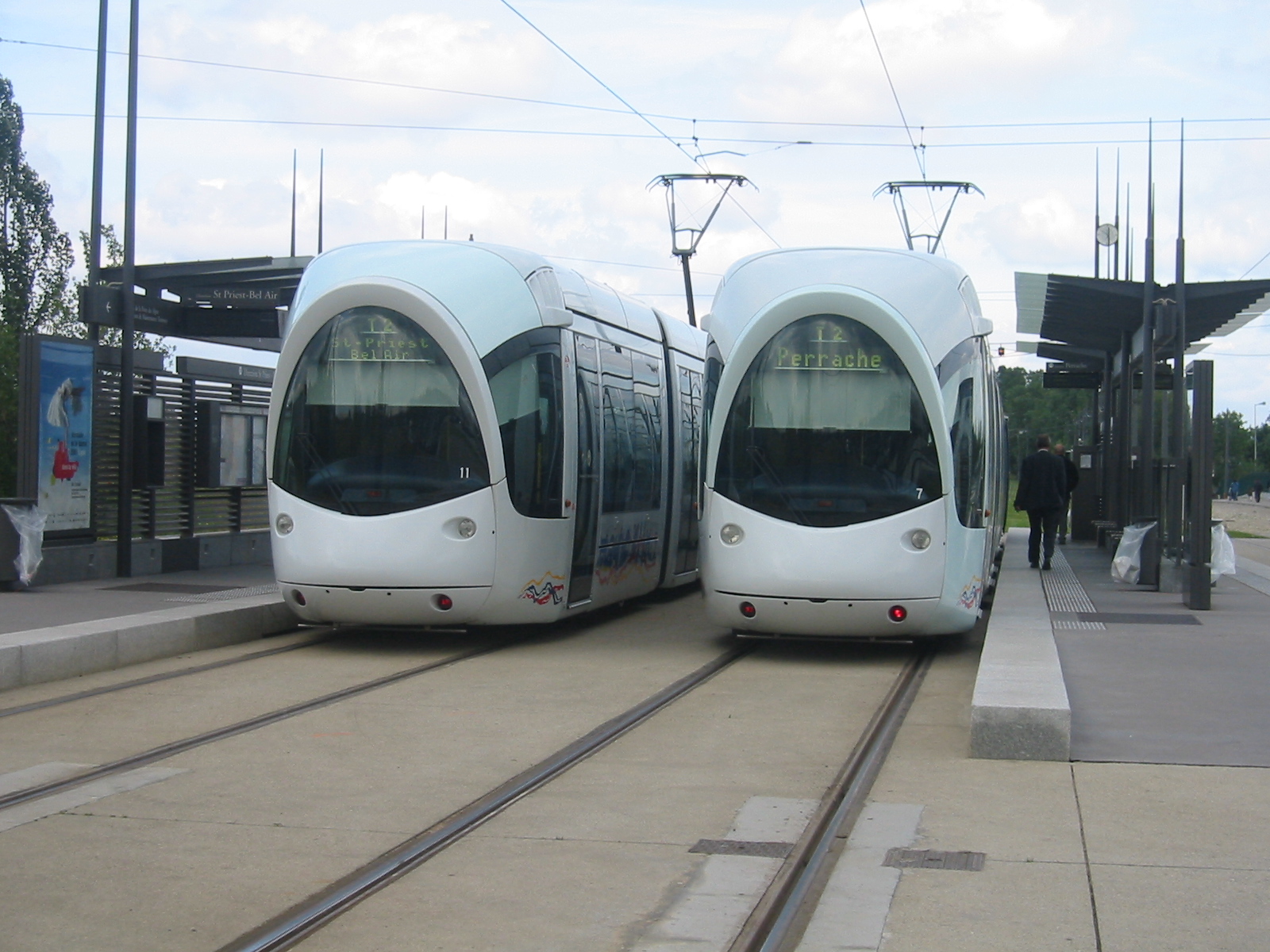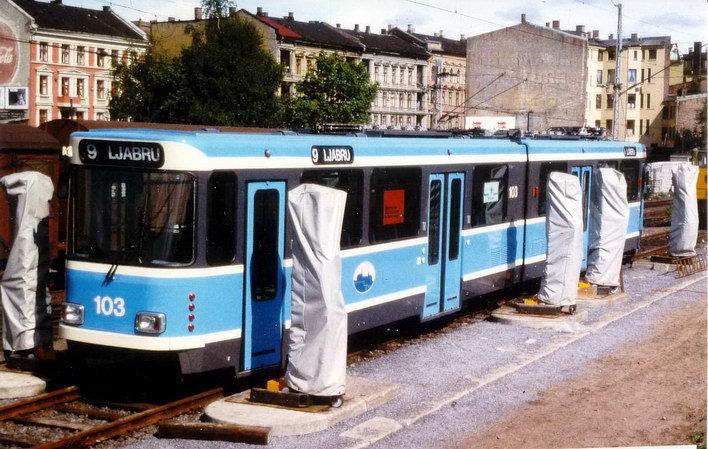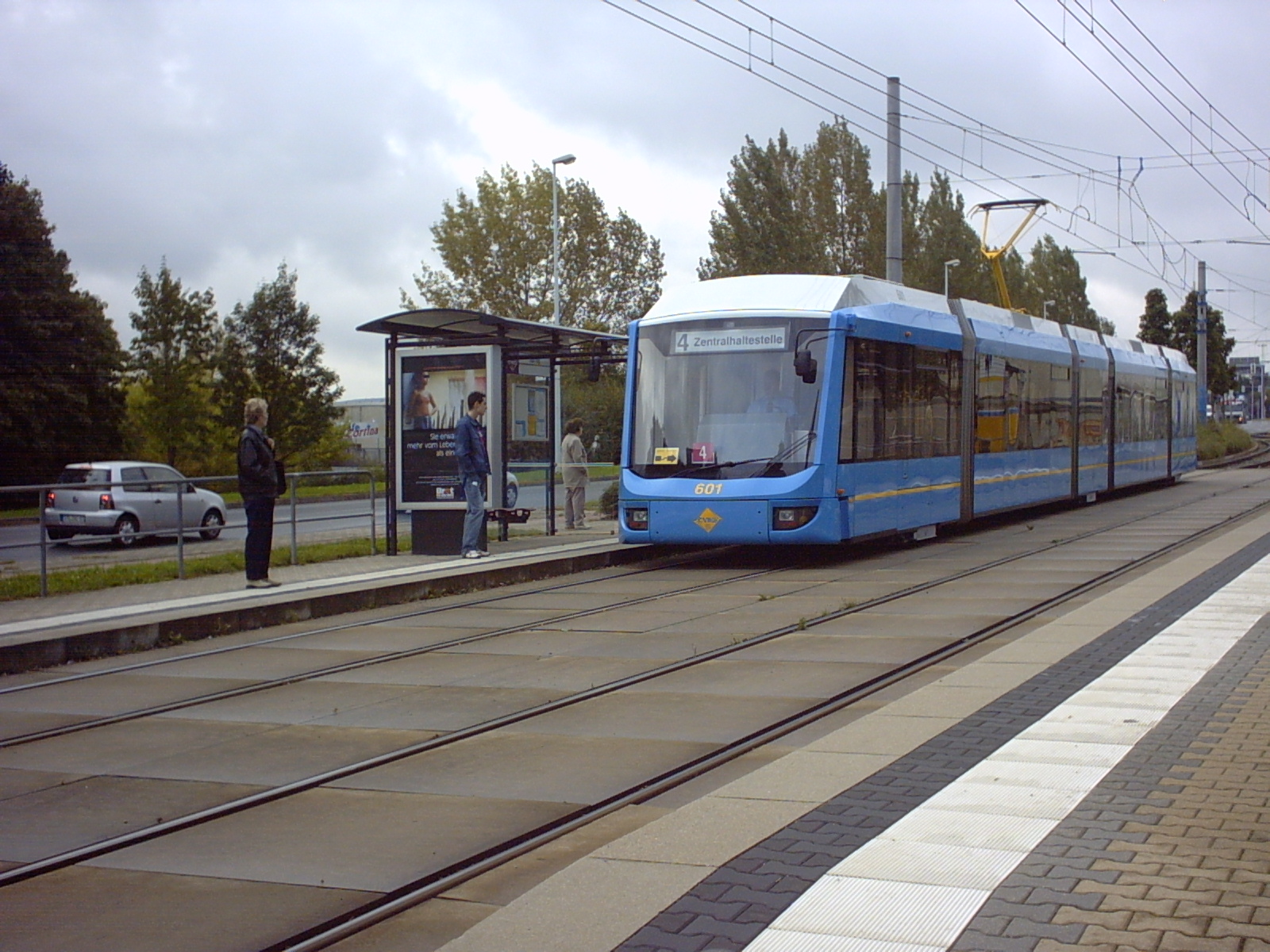|
Sportsplassen (station)
Sportsplassen is a tram stop on the Ekeberg Line of the Oslo Tramway. It is located near Sportsplassen in Ekeberg, in the borough of Nordstrand, in Oslo, Norway. The station opened on 11 June 1917 as part of the Ekeberg Line to Sæter. The station is served by lines 13 and 19, using both SL79 and SL95 SL95 is a series of 32 low-floor, articulated trams operated on the Oslo Tramway. The series was built by Italian rail manufacturer Ansaldo/Firema, later known as AnsaldoBreda (now Hitachi Rail Italy), and delivered between 1999 and 2004. Capaci ... trams. References Ekeberg Oslo Tramway stations in Oslo Railway stations opened in 1917 1917 establishments in Norway {{Norway-tram-stub ... [...More Info...] [...Related Items...] OR: [Wikipedia] [Google] [Baidu] |
Ekeberg
Ekeberg is a neighborhood in the city of Oslo, Norway. The Norway Cup soccer tournament takes place at Ekebergsletta every summer. "Sletta" means "the plain". The painting "The Scream" by Edvard Munch is painted from Utsikten ("the view"), a part of Ekeberg. In the area are a number of old Iron Age grave mounds and Bronze Age ritual sites. This establish the area of Ekeberg as one of the oldest inhabited places around Oslo. During the Middle Ages, the farm of Ekeberg belonged to Hovedøya Abbey. The area was later taken by the crown. From 1760, the farm of Ekeberg was run by an appointed owner, and his relatives owned the farm thereafter. In the area, a number of small homesteads under the main farm was erected the following century. The first suburban settlement came around 1900, and the early suburb was raised in the years prior to 1935. Many of the early houses are still present in the area. Ekeberg belonged to Oslo from 1947. In 1926 Roald Amundsen's airship ''Norge'', wa ... [...More Info...] [...Related Items...] OR: [Wikipedia] [Google] [Baidu] |
Nordstrand, Norway
Nordstrand () is a borough of the city of Oslo, Norway. It borders Gamle Oslo in the north, Østensjø in the east and Søndre Nordstrand in the south. The borough is located in the southern part of the city and with a population of 52,459 people as of 2020. In 2004, Nordstrand was merged with two other boroughs, Lambertseter and Ekeberg-Bekkelaget, to form what is today known simply as Nordstrand. First and second generation immigrants make up 14.6% of the population, which is the lowest percentage in the entire city. The borough is named after a house named ''Nordstranden'', located at Mosseveien 196. Nordstrand is one of the wealthiest boroughs in Oslo, and net incomes, real estate prices, and life expectancy are among the city's highest. In demographic statistics Oslo is usually divided into an eastern and a western part. As Nordstrand differs significantly from its bordering boroughs, it is often considered as belonging to the western part even though it is geographically lo ... [...More Info...] [...Related Items...] OR: [Wikipedia] [Google] [Baidu] |
Oslo
Oslo ( , , or ; sma, Oslove) is the capital and most populous city of Norway. It constitutes both a county and a municipality. The municipality of Oslo had a population of in 2022, while the city's greater urban area had a population of in 2019, and the metropolitan area had an estimated population of in 2021. During the Viking Age the area was part of Viken. Oslo was founded as a city at the end of the Viking Age in 1040 under the name Ánslo, and established as a ''kaupstad'' or trading place in 1048 by Harald Hardrada. The city was elevated to a bishopric in 1070 and a capital under Haakon V of Norway around 1300. Personal unions with Denmark from 1397 to 1523 and again from 1536 to 1814 reduced its influence. After being destroyed by a fire in 1624, during the reign of King Christian IV, a new city was built closer to Akershus Fortress and named Christiania in honour of the king. It became a municipality ('' formannskapsdistrikt'') on 1 January 1838. The city fu ... [...More Info...] [...Related Items...] OR: [Wikipedia] [Google] [Baidu] |
Norway
Norway, officially the Kingdom of Norway, is a Nordic country in Northern Europe, the mainland territory of which comprises the western and northernmost portion of the Scandinavian Peninsula. The remote Arctic island of Jan Mayen and the archipelago of Svalbard also form part of Norway. Bouvet Island, located in the Subantarctic, is a dependency of Norway; it also lays claims to the Antarctic territories of Peter I Island and Queen Maud Land. The capital and largest city in Norway is Oslo. Norway has a total area of and had a population of 5,425,270 in January 2022. The country shares a long eastern border with Sweden at a length of . It is bordered by Finland and Russia to the northeast and the Skagerrak strait to the south, on the other side of which are Denmark and the United Kingdom. Norway has an extensive coastline, facing the North Atlantic Ocean and the Barents Sea. The maritime influence dominates Norway's climate, with mild lowland temperatures on the se ... [...More Info...] [...Related Items...] OR: [Wikipedia] [Google] [Baidu] |
Ekeberg Line
The Ekeberg Line ( no, Ekebergbanen) is a long light rail line of the Oslo Tramway which runs from Oslo Hospital tram stop, Oslo Hospital to Ljabru in Oslo, Norway. Operated by lines 13 and 19, it serves the area of Nordstrand, Norway, Nordstrand and the neighborhoods of Ekeberg, Jomfrubråten, Bekkelaget and Ljan. The line is operated by Oslo Sporvognsdrift using SL79 and SL95 trams on contract with Ruter. The line itself is owned by Sporveien. At Oslo Hospital (station), Oslo Hospital, the line connects to the Bjørvika Line, which runs to the city center. Proposals for a line in the area were first launched 1897, but not until 1914 were the necessary permits granted. The line was built and operated by Ekebergbanen (company), Ekebergbanen. The line opened in 1917, and connected to the Gamleby Line to reach Stortorvet (station), Stortorvet in the city center. The line differed from the street trams in that it ran in its own right of way and used 1,200 volt supply, unlike the 6 ... [...More Info...] [...Related Items...] OR: [Wikipedia] [Google] [Baidu] |
Tram Stop
A tram stop, tram station, streetcar stop, or light rail station is a place designated for a tram, streetcar, or light rail vehicle to stop so passengers can board or alight it. Generally, tram stops share most characteristics of bus stops, but because trams operate on rails, they often include railway platforms, especially if stepless entries are provided for accessibility. However, trams may also be used with bus stop type flags and with mid-street pavements as platforms, in street running mode. Examples Most tram or streetcar stops in Melbourne and Toronto and other systems with extensive sections of street-running have no associated platforms, with stops in the middle of the roadway pavement. In most jurisdictions, traffic cannot legally pass a tram or streetcar whose doors are open, unless the tram is behind a safety zone or has a designated platform. On the other hand, several light rail systems have high-platform stops or stations with dedicated platforms at railway ... [...More Info...] [...Related Items...] OR: [Wikipedia] [Google] [Baidu] |
Oslo Tramway
The Oslo tram network ( no, Trikken i Oslo, short from ', 'electric') is the tram system in Oslo, Norway. It consists of six lines with 99 stops and has a daily ridership of 132,000. It is operated by , a subsidiary of the municipally-owned who maintain the track and 72 tram vehicles on contracts with the public transport authority . The system operates on standard gauge and uses 750 V DC overhead. Depot, workshops and headquarters are at (at the terminus of lines 13 and 17). There is also a depot at (along lines 18 and 19) that is home to the technical company InfraPartner, which maintains the track for the tram and metro systems in Oslo, and a small office building for . History The first tram in Oslo was opened in 1875 with a short line between Homansbyen west of the city centre, Oslo West Railway Station and a sideline to Grønland, east of the city centre. The first "trams" were in fact horse-drawn vehicles on flanged steel wheels. The first expansion of the line came ... [...More Info...] [...Related Items...] OR: [Wikipedia] [Google] [Baidu] |
Sportsplassen
Sportsplassen ("The Sports Field") is a multi-use stadium in Nordstrand, Oslo, Norway. It is currently used mostly for track and field meets and football matches, both under the auspices of Bækkelagets SK Bækkelagets Sportsklub is a Norwegian sports club from Bekkelaget in southern Oslo, founded in 1909. The club has sections for skiing (including ski jumping and biathlon), orienteering, handball, football, floorball and track and field athle .... The 400-metre athletics track was inaugurated in 2012. It is served by the station Sportsplassen on the Oslo Tramway. References Football venues in Norway Athletics (track and field) venues in Norway Sports venues in Oslo {{Norway-sports-venue-stub ... [...More Info...] [...Related Items...] OR: [Wikipedia] [Google] [Baidu] |
Sæter (station)
Seter or Sæter may refer to: Farming *''Seter'' or ''Sæter'', a Scandinavian mountain pasture used in the practice of transhumance People * Arne Sæter (1913–1973), a Norwegian politician for the Christian Democratic Party * Einar Sæter (1917–2010), a Norwegian triple jumper, resistance member, newspaper editor and writer *Ingebrigt Haldorsen Sæter (1800–1875), a Norwegian politician and farmer *John Hou Sæter (born 1998), a Norwegian footballer who plays in midfield for Stabæk *Lars Sæter (1895–1988), a Norwegian politician for the Christian Democratic Party * Mordecai Seter (1916–1994), a Russian-born Israeli composer * Olaf Sæter (1872–1945), a Norwegian rifle shooter who competed in the early 20th century * Olav Jørgen Sæter (1884–1951), a Norwegian schoolteacher, newspaper editor and politician Places * Seter, Aukra, a village in the municipality of Aukra in Møre og Romsdal county, Norway *Seter, Indre Fosen, a village in ... [...More Info...] [...Related Items...] OR: [Wikipedia] [Google] [Baidu] |
Baneforlaget
Nils Carl Aspenberg (born 26 August 1958) is a Norwegian journalist, historian, author and businessperson. He has written numerous books on rail transport, and is chief executive officer of Baneforlaget. Aspenberg has a ''siviløkonom'' degree from BI Norwegian Business School. He worked as a conductor for Oslo Sporveier since 1980, and from 1981 tram and 1983-2003 subway engineer, as well as a bus driver since 1994. He has written more than thirty books on rail transport and local history and is owner of the publishing company Baneforlaget, which he founded in 1994. The company has published about 60 books. Aspenberg has been an active member of the Norwegian Railway Club, and was editor-in-chief of ''MJ-bladet'' from 1999 to 2003. He has also published the local history magazines ''Røakontakten'' from 1994 to 2008, and ''Langt Vest i Aker'' since 1997. He is also an editorial member of ''Lokaltrafikk'' and since 2013 also editor-in-chief. He is also an editorial member of '' B ... [...More Info...] [...Related Items...] OR: [Wikipedia] [Google] [Baidu] |
SL79
SL79 is a class of 40 articulated trams operated by the Oslo Tramway of Norway. The trams were a variation of the Duewag trams that had been developed by the German manufacturer since the 1950s. The six-axle vehicles are unidirectional with four doors on the right side. The trams can seat 77 passengers three and four abreast, with an additional 91 people able to stand. Power output is , provided by two motors on the two end bogies, that supplement a central unpowered Jacobs bogie located under the articulation. The trams are long and wide. They are capable of and have standard gauge. They were built in two series, the first of 25 units delivered in 1982–84, and the second of 15 units delivered in 1989–90. The first 10 units were built by Duewag, while the last 30 were built in Norway by Strømmen. They were numbered 101 through 140. The two series vary slightly in specifications. The trams were ordered in 1979 after the 1977 decision to not close the tramway, after the SM53 ... [...More Info...] [...Related Items...] OR: [Wikipedia] [Google] [Baidu] |
SL95
SL95 is a series of 32 low-floor, articulated trams operated on the Oslo Tramway. The series was built by Italian rail manufacturer Ansaldo/Firema, later known as AnsaldoBreda (now Hitachi Rail Italy), and delivered between 1999 and 2004. Capacity for the eight-axle, three-section vehicles is 212 passengers, of which 88 can be seated. The name derives from being ordered in 1995. Original plans called for the delivery to be between 1997 and 1998. Delivery took many years due to a magnitude of technical flaws, including high noise levels, freezing during the winter and corrosion. The trams are long, wide and tall. The aluminum vehicles weigh and have a power output of . The trams operate all services on lines 13, 17 and 18. Due to their heavy weight and large turning radius they are unsuitable for the other lines. However, they are the only bi-directional trams in the fleet, and are needed on lines 17 and 18 along the Ullevål Hageby Line. The trams cost about each, but discou ... [...More Info...] [...Related Items...] OR: [Wikipedia] [Google] [Baidu] |





